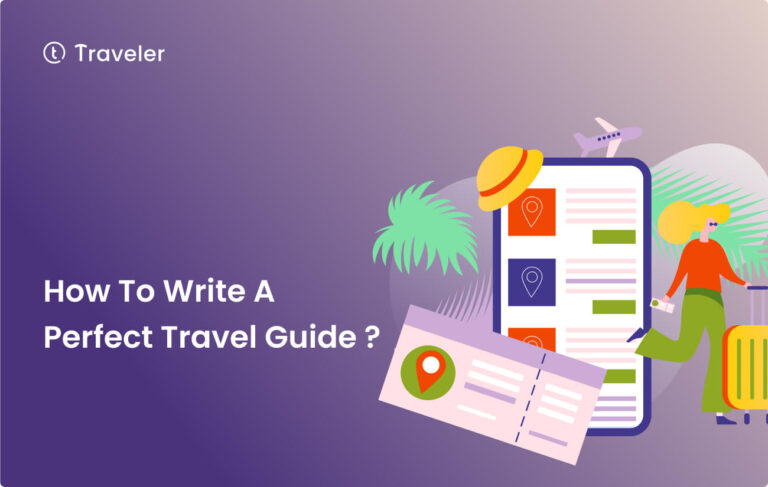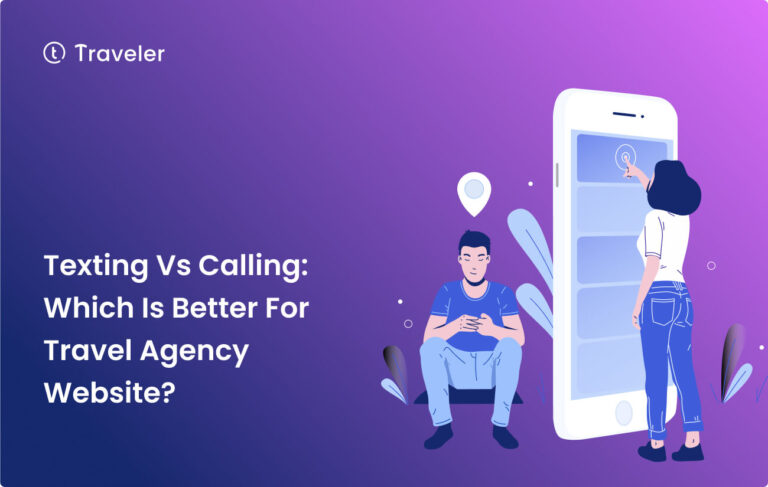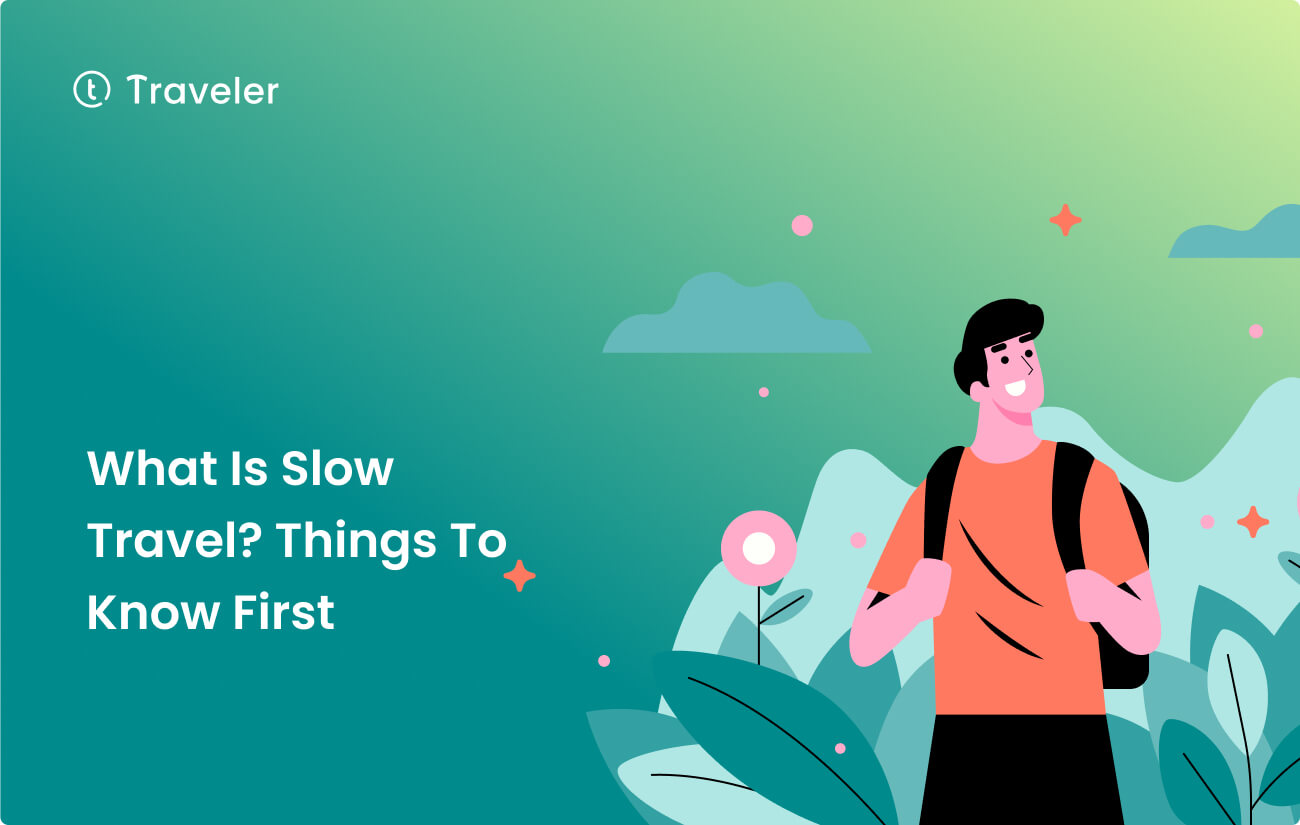
Table of Contents
In the world of tourism, speed is often prioritized over experience. Travelers are encouraged to see as much as possible quickly, ticking off destinations on their bucket list like items on a grocery list. However, a growing movement challenges this approach – slow travel.
For travel agencies looking to stay ahead of the game and cater to travelers who seek meaningful experiences over rushed itineraries, it’s important to understand what slow travel is and why it matters. In this article, we will dive into the definition of slow travel, its benefits, and practical tips you can apply.
Let’s get started!
Need to know What Is Slow Travel?
Slow travel is not just a way of traveling but a way of living. It’s about embracing the journey as much as the destination. And enjoying the present moment without worrying about the next one.
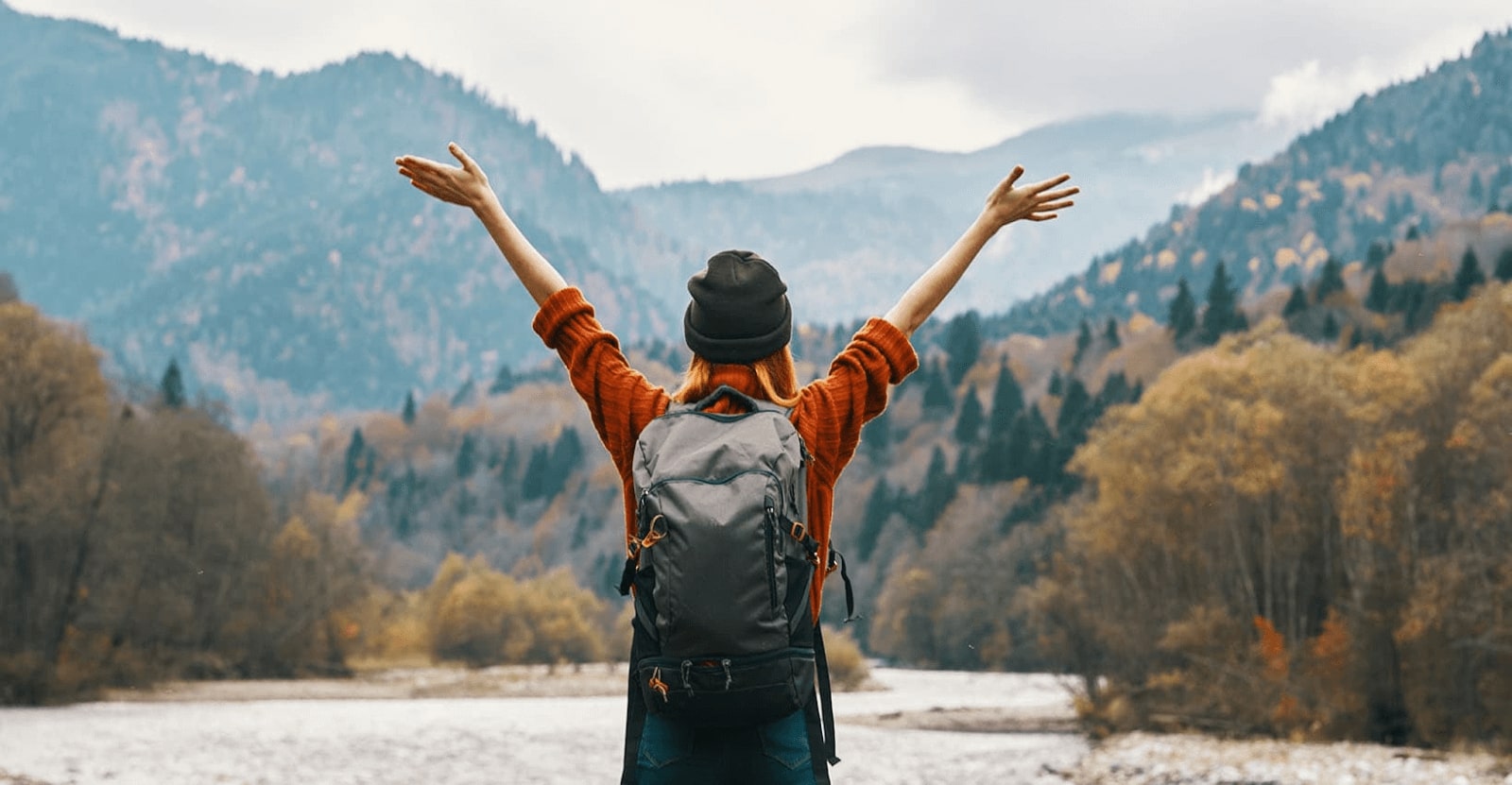
The philosophy behind slow travel is based on three core principles: immersion, connection, and mindfulness. Immersion means diving deep into a place and exploring its history, culture, cuisine, art, and nature. Connection means building relationships with the locals and sharing stories, insights, and perspectives. Mindfulness means being aware of your surroundings and appreciating the world’s beauty, diversity, and complexity.
Slow travel is not a new concept but a rediscovery of an old one. Before modern transportation and technology advent, people used to travel slowly by necessity. They had to walk, ride, or sail long distances and stay in one place to rest and replenish. And also travel with curiosity, openness, and gratitude.
Benefits of Slow Travel
Slow travel has many benefits that you might not realize. Here are some benefits you should know:
Authentic cultural experiences
One of the best things about slow travel is that it allows you to have authentic cultural experiences. You know, the kind that makes you feel like you’re part of the place, not just a visitor.
Traveling slowly gives you more time to immerse yourself in the local traditions, cuisines, and daily life activities. You can join a cooking class and learn to make pho from scratch. Or attend a festival and dance with the locals in colorful costumes. And also visit a market and bargain with the vendors for fresh fruits and spices. You will be able to do all these things without feeling rushed or stressed.

Deeper connections and meaningful interactions
Another benefit of slow travel is that it helps you to form deeper connections and meaningful interactions with others. It will make you smile, hug, and share stories.
You have more chances to build relationships with the locals, fellow travelers, and community members. You can chat with the guesthouse owner and learn about his family and dreams. You will meet other travelers who share your interests and passions and join them for adventures or activities. Or volunteer for a local organization and contribute to their causes and goals.
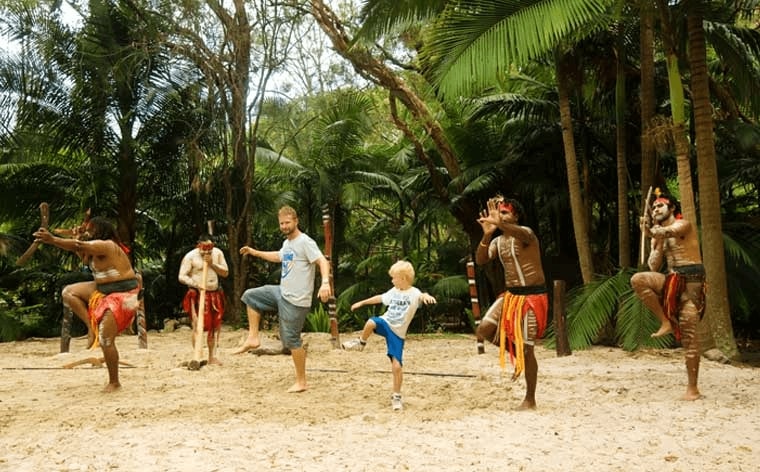
Reduced environmental impact
A third benefit of slow travel is that it reduces your environmental impact on the places you visit. With slow travel, you can minimize your carbon footprint through longer stays, sustainable transportation choices, and support for local economies.
You can stay in one place for a while instead of hopping from one destination to another every few days. You will proudly use public transportation, bike, or walk instead of flying or driving everywhere. And also can buy local products or services instead of imported or mass-produced ones.
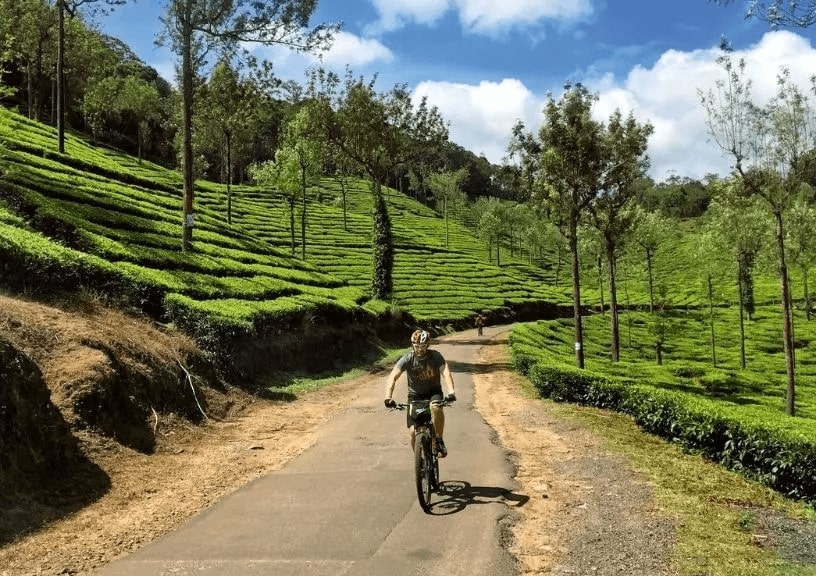
Practical Tips for Slow Travel
Now that you know the benefits of slow travel, you might wonder: how can I do it? Don’t worry: it’s not as hard as you might think. You just need to make some simple changes in your travel habits and mindset.
Here are some practical tips for slow travel that you can apply to any trip:
Choose off-the-beaten-path destinations
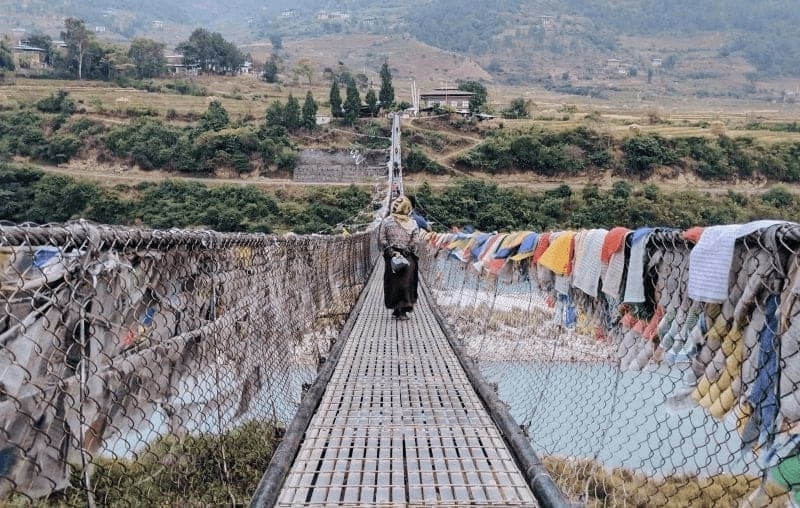
One of the easiest ways to travel slowly is to choose destinations off the beaten path. You know, the ones that are not on every guidebook or blog post. The ones that are not overrun by tourists and souvenir shops.
By choosing off-the-beaten-path destinations, you can avoid the crowds and the hassle of mass tourism. Instead, you will discover the hidden gems and secrets of each place.
Embrace a leisurely pace
Doing this gives you more time for spontaneous discoveries and relaxation. And also more flexibility and freedom to change your plans or follow your intuition. Traveling leisurely will let you appreciate the small details and moments that make each place unique. You can savor each place’s sights, sounds, smells, tastes, and feelings.
Prioritize quality over quantity
Instead of trying to visit as many places as possible quickly, why not explore a few destinations in-depth?
Rather than just skimming the surface, you’ll have more meaningful and memorable experiences in each place. You’ll also develop a deeper understanding and appreciation of each place, rather than just taking photos and leaving.
Utilize local transportation and accommodation
Utilizing local transportation and accommodation can reduce your environmental impact, support the local economy, and have more fun and adventure along the way.
You can use public transportation, bike, or walk instead of flying or driving everywhere. And stay in locally owned accommodations such as guesthouses, homestays, hostels, or Airbnb.
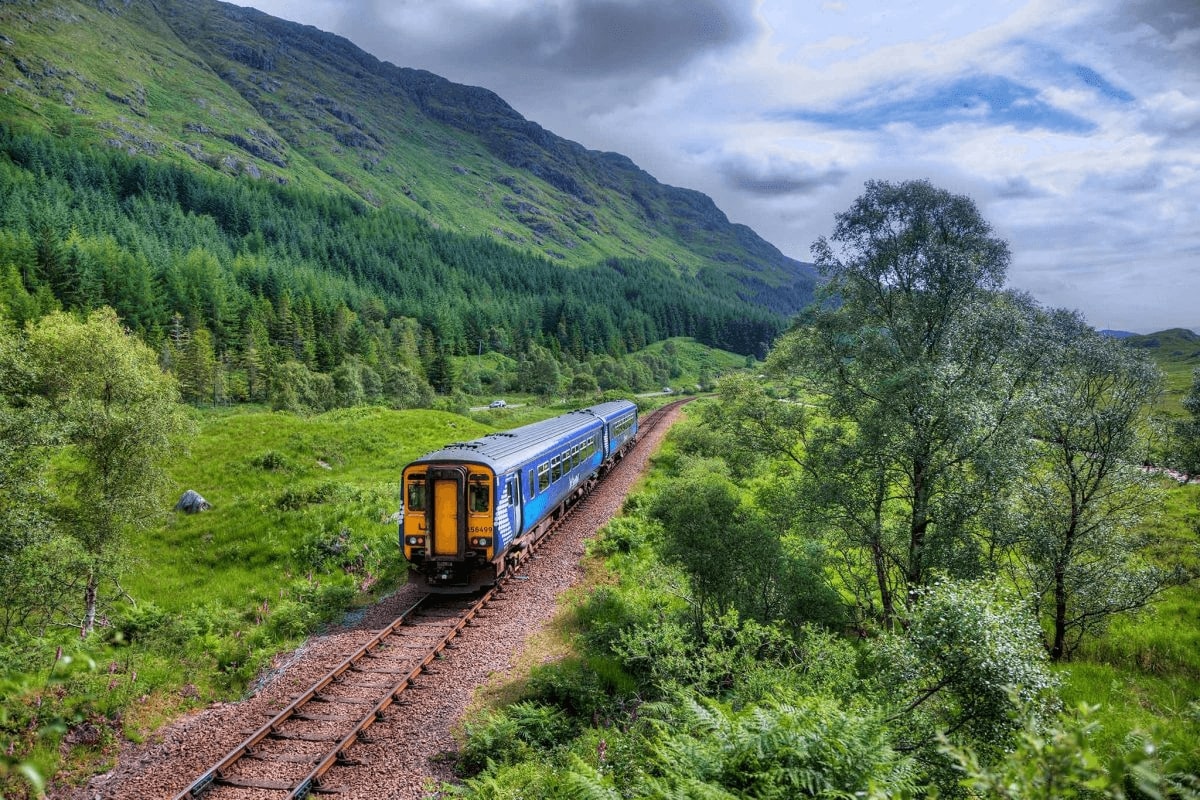
Engage with the local community
By engaging with the local community, you can enrich your travel experience and enhance your personal growth. You will contribute to the social and cultural development of each place. And learn from their perspectives and experiences and share your skills and talents. Overall, you can make a positive difference in their lives.
Here are some examples of engaging with the local community:
- Participating in community activities such as festivals, markets, or workshops,
- Volunteering for a local organization such as a school, a farm, or an NGO
- Attending cultural events such as concerts, plays, or exhibitions.
Practice mindfulness and reflection
This final tip for slow travel will make you thoroughly enjoy and appreciate your travel experience. And also deepen your understanding and insight into yourself and the world.
To be more specific, instead of being distracted or overwhelmed by your surroundings, you should be more aware and appreciative of them. This way, you will thoroughly enjoy and appreciate your travel experience and deepen your understanding and insight of yourself and the world. You may ultimately discover your purpose and passion in life.
For example, instead of being distracted or overwhelmed by your surroundings, you could be more aware and appreciative of them. You take time for self-reflection, journaling, or meditation, keep a travel diary or blog, or take photos or videos.
Real-Life Example: Slow Travel Journey in Italy
So far, we have talked about the benefits and tips of slow travel, but what does it look like in real life? Let’s look at a real-life simulation of a slow travel journey in Italy to give you a better idea.
Italy is a popular destination for travelers, but most only visit famous cities like Rome, Venice, Florence, or Milan. They miss out on the beauty and charm of the lesser-known towns and regions that offer a more authentic and diverse experience of Italy. That’s why you should suggest your customers do something different: to travel slowly and explore the off-the-beaten-path destinations of Italy with you.
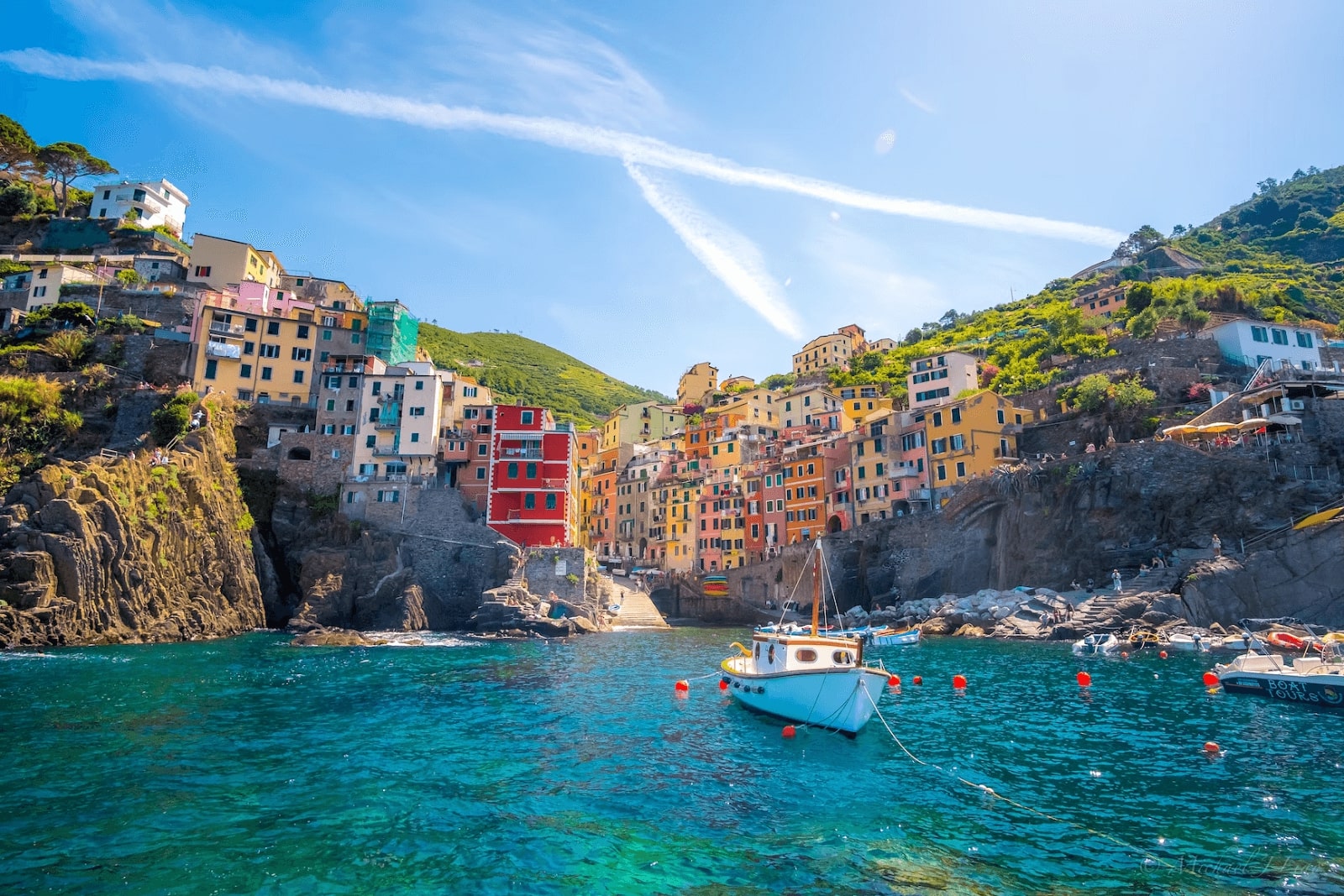
Planning phase
The first step of the slow travel journey is to research and select the destinations. You help your customers avoid tourist traps and crowds and find Italy’s hidden gems and secrets.
You will find some recommendations and suggestions based on their interests and preferences. And also, ask some of your local partners and friends for advice. For example, you can narrow their choices to a few towns and regions that interest them, such as Siena, Lucca, Puglia, Sicily, and Umbria.
The next step is creating a flexible itinerary allowing extended stays in each location. Help your customers to have some room for spontaneity and serendipity. They can decide to spend at least a week in each destination and leave some days open for unplanned adventures or changes.
To make your customers’ trips more engaging, you choose locally owned guesthouses or homestays that offer more personal and authentic experiences than chain hotels or resorts.
Immersion in local culture
The second step of the slow travel journey is to immerse your customers in the local culture. You want to help them learn more about each place’s traditions, cuisines, and daily activities.
Therefore, you arrange cooking classes to learn how to make traditional Italian recipes such as pizza, pasta, gelato, and tiramisu. You take them to local festivals such as the Palio di Siena, a horse race that dates back to medieval times. You sign them up for art workshops and teach them how to paint or sculpt like the Italian masters.
Connecting with the community
The slow travel journey’s third step is connecting your customers with the local community. You want your customer to build relationships with the locals and fellow travelers. And also contribute to the social and cultural development of each place.
Hence, you find volunteer opportunities at a local farm or vineyard to understand each region’s agricultural practices and challenges. Your customer can help harvest grapes, olives, or tomatoes and learn how to make wine, oil, or sauce. They also share meals and stories with the farmers and their families and thank them for their hospitality and generosity.
You also introduce them to local artisans, farmers, and business owners. Your customer will visit their shops, studios, or markets and buy some products or services.
Join the journey today and discover a new way of connecting with the community through our premium WordPress travel theme, TravelerWP! Unleash your wanderlust and create stunning travel blogs, share experiences, and engage with fellow travelers worldwide. Don’t miss out on this opportunity to bring your travel adventures to life and foster meaningful connections. Embrace the power of TravelerWP and start exploring the world together!
Reflection and mindful experiences
Mindfulness and reflection will help your customers fully enjoy and appreciate their travel experience. You want to help them to deepen their understanding and insight of themselves and the world.
You suggest them some quiet mornings exploring local markets and enjoying slow-paced walks in nature. They will observe and savor each place’s sights, sounds, smells, tastes, and feelings. They will also notice the world’s beauty, diversity, and complexity and express gratitude and joy for each place and person.
You also provide them with some tools to document their experiences through journaling or photography. Your customer can choose to write down their thoughts and feelings about each place and each person they meet. Or take photos or videos to capture their memories. They can reflect on what they learn and how they grow from their trip.
Conclusion
Slow travel is a refreshing way to explore the world for those who want to escape the fast-paced tourism industry. It allows travelers to immerse themselves in local culture, interact with locals, and appreciate the beauty of destinations at their own pace.
As travel agencies, you must understand your clients’ growing demand for slow travel and offer tailored packages catering to their unique needs. So why not join the slow travel movement and offer your customers an opportunity to experience travel more meaningfully and enrichingly? Let’s embrace this sustainable and mindful form of tourism together!

